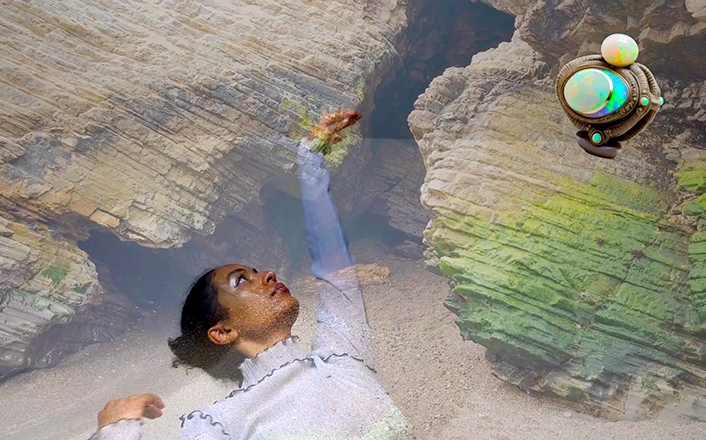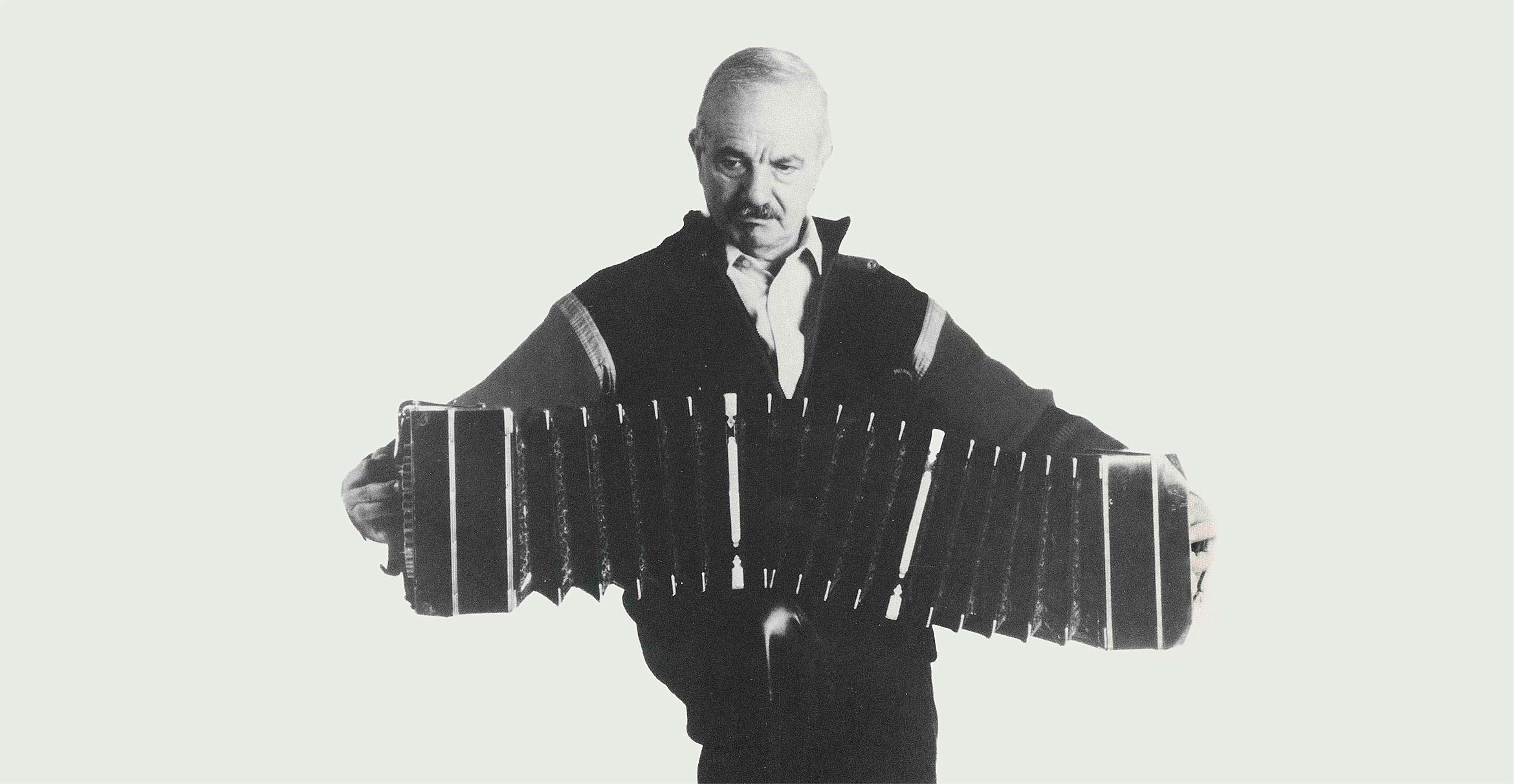
For musicians and aficionados of Argentine tango, the scale and scope of the Astor Piazzolla collection at UC Santa Barbara is staggering.
Thousands of pages of the composer’s original sheet music. Audio recordings of every major composition. Concert posters, magazines and newspaper clippings. Personal photographs. Handwritten letters and postcards. There’s even an annotated cassette tape of Piazzolla playing his bandoneón at a birthday party for longtime friend Edouard Pecourt, the Parisian record shop owner who assembled the collection over the course of several decades.
To preserve the collection for posterity — and to make it accessible to the public — UCSB Library’s Special Research Collections is in the midst of a multiyear digitization project. To help move the work along, performing arts curator David Seubert secured a grant from the Latin GRAMMY Cultural Foundation, a charitable organization established to raise awareness and appreciation of Latin music and musicians.
Last fall, the funds were used to hire Grammy Award-winning musician and composer Pablo Aslan, an expert in Argentine music, to evaluate and organize the collection and help prioritize items for digitization and public access. According to Aslan’s report, UCSB’s collection of tango sheet music is arguably the most important worldwide.
“We got Pablo’s expertise for two weeks on campus,” Seubert said. “I feel much more equipped to tackle the rest of the collection.”
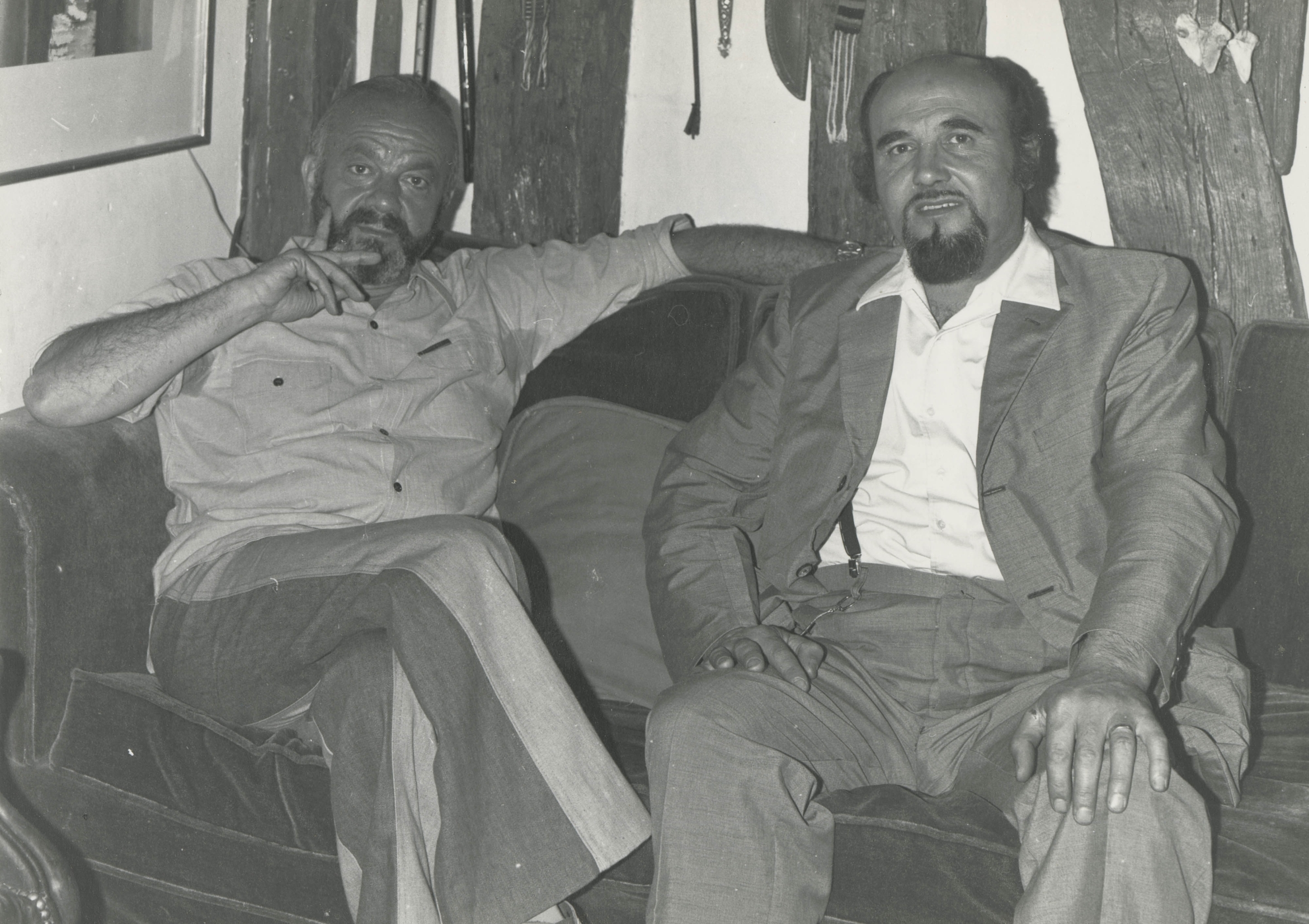
An Oregon Girl in Paris
In the spring of 1981, a shared passion for antique postcards brought Jocelyn Howells and Edouard Pecourt to a collectors conference in New York City. She was a seller from Oregon. He was an aficionado from France. They bonded over her collection of 80-year-old postcards of France’s coastal town of Britany.
Pecourt bought the postcards and asked Howells out to dinner. They connected right away, Howells remembered. “We knew we were destined to be together.”
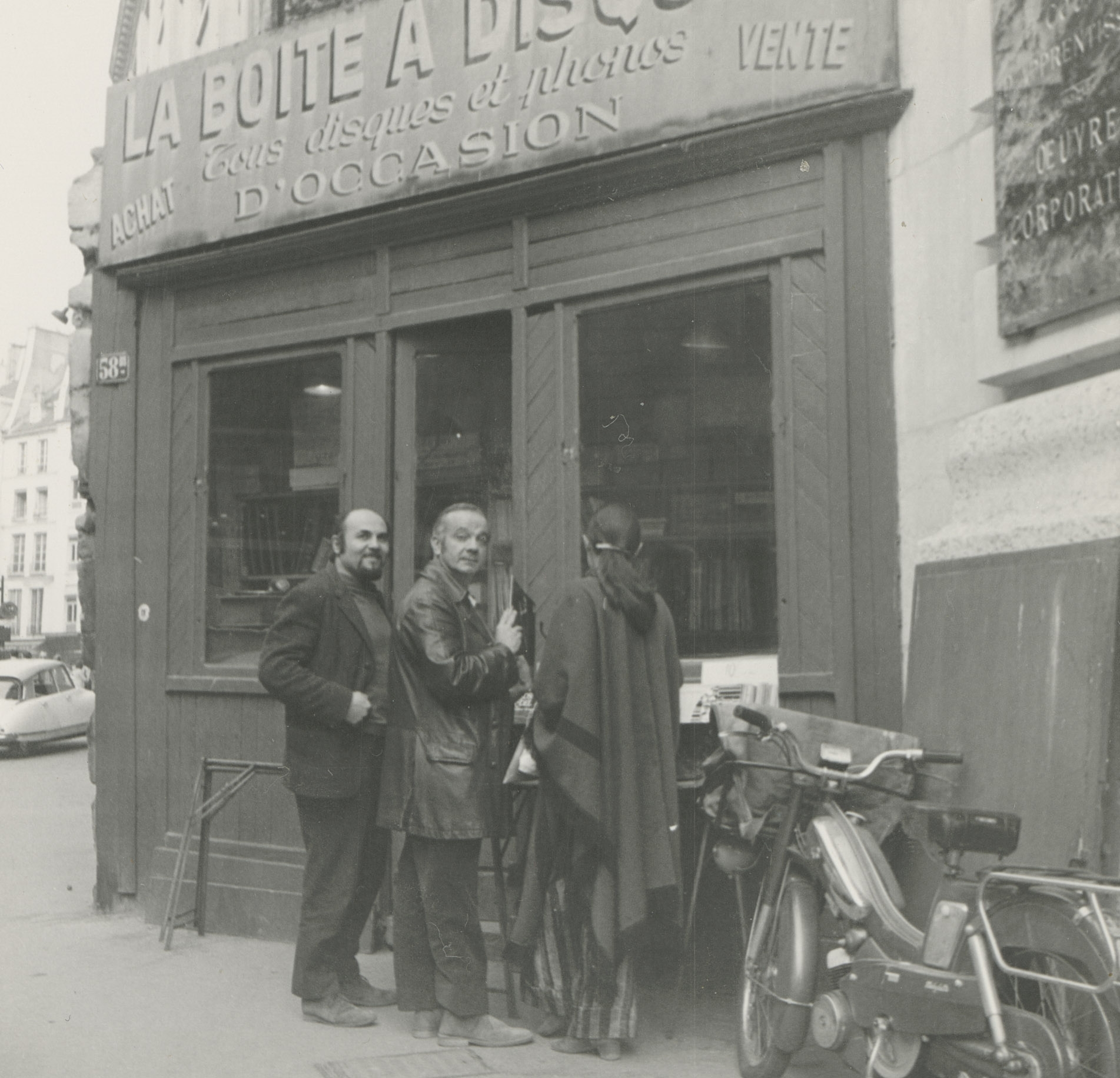
A year later, Howells moved into Pecourt’s home outside Paris. In the city, he ran La Boîte à Disques (pictured), a record shop specializing in European pressings and secondhand phonographs, and packed with tango recordings, sheet music, concert posters and the like.
“He was such an impassioned tangonisto,” Howells said. “He was always on the hunt for anything tango.”
By then, Pecourt and Piazzolla had been friends for decades, having met in the early 1950s while Piazzolla was in Paris studying classical composition. This was right around the time that Piazzolla was starting to single-handedly revolutionize the tango sound by incorporating oeuvres of jazz and classical.
In 1986, when Pecourt became eligible for social security, he retired, sold the shop and prepared his collection for transport to the couple’s new home in Happy Valley, a Portland suburb in Howells’s native Oregon.
For several years they flew back and forth to carefully pack the collection, filling two full-size shipping containers, one half-size container and various pieces of luggage. It never crossed Pecourt’s mind to lighten the load before the big move, Howells remembered with a laugh. “You don’t understand — he couldn’t part with anything, not even a loose screw!”
For the remainder of his years, Pecourt’s collection would fill much of their new home’s 4,000 square feet of living space and garage.
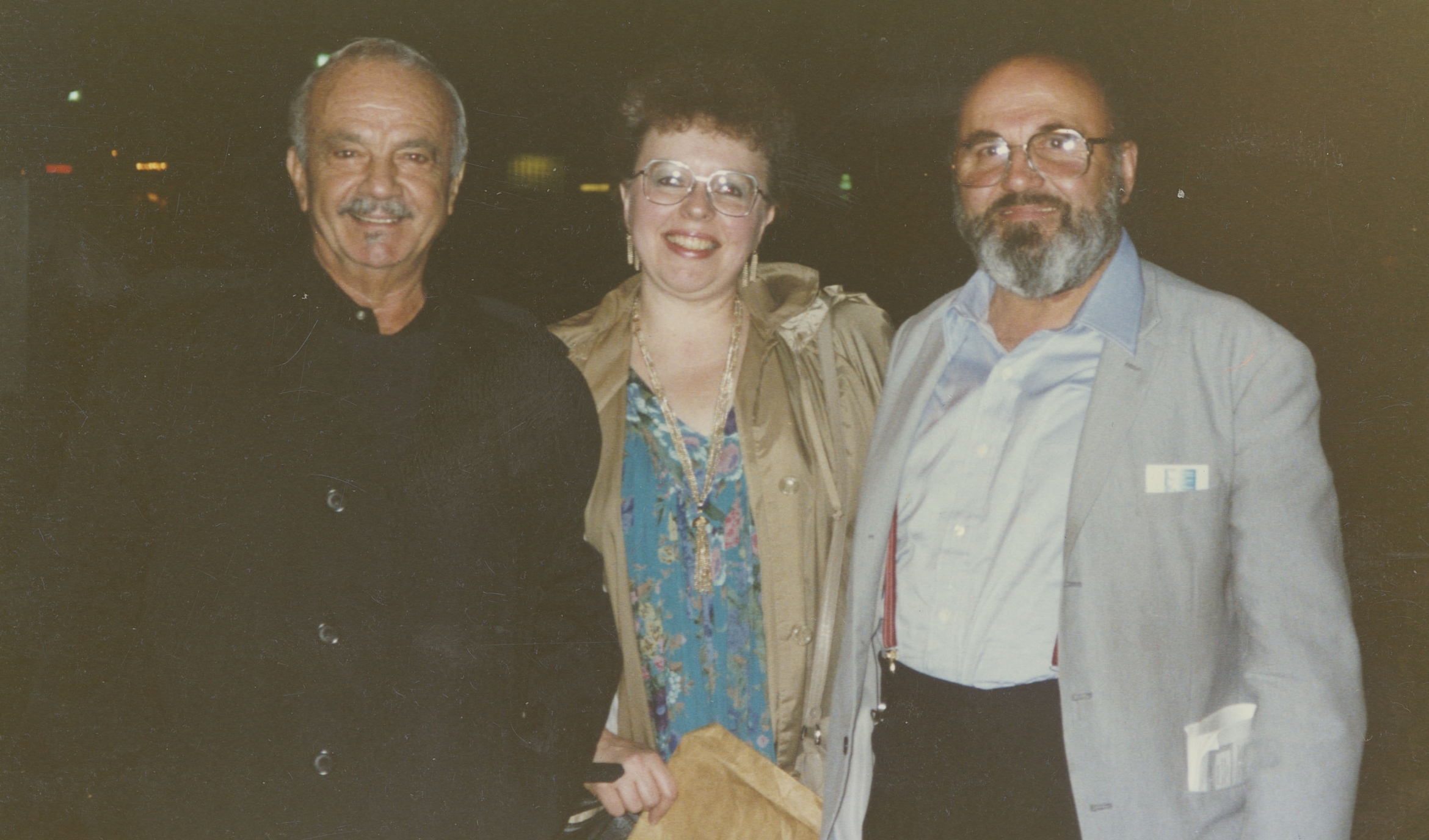
The Piazzolla Archive: A Collection Within a Collection
After Pecourt died in 2008, Howells started thinking about liquidating his entire collection, which included all the Piazzolla items. “My own health was in decline, and I had become stifled with the stuff around me,” she said. “I needed to get my house back.” She also wanted more space for her growing collection of antique buttons.
To help assess the music collection and locate buyers, Howells reached out to a few of Pecourt’s contacts, namely Aslan and also Larry Hawes, a phonograph collector who lived in Seattle. Turns out, Hawes knew Seubert through a closely knit group of collectors.
Aslan and Hawes got Seubert on the phone. “This is a fabulous collection, and you can’t let it slip away,” they told him.
The Pecourt Collection, as it’s called, was acquired by UCSB Library in two parts. The first haul, in 2010, consisted mostly of wax cylinders (an early recording medium widely discontinued around Word War I) and 78 RPM records of popular European and South American music from the first half of the 20th century.
“The records were all European pressings,” Seubert said, and their acquisition put UCSB on the map as an international archive. “I went up there to oversee the transport. I saw what Jocelyn had in the garage and I negotiated a deal on the spot. We ended up with 18,000 records. We cleaned out that whole garage.”
Pecourt’s extensive tango collection remained, however, as Howells — with Aslan’s help — hunted for the right buyer for the right price.
Aslan reached out to wealthy private collectors. But the logistics were challenging. The sheer number of items was something to consider, and most would require special handling. Moving the collection, especially internationally, would not be cheap.
Howells became impatient as prospects failed to pan out, she said. She reconsidered her asking price, which had been well over half a million dollars originally, “and I made a deal with David (Seubert) for a fraction of the estimated value,” she said, adding that it appealed to her that the collection would be available to the public.
“She said she wanted it to go to UCSB,” remembered Seubert.
That second purchase, in 2013, included Piazzolla’s work — and that of another Argentine great, Carlos Gardel — consisting of thousands of 78 RPM discs, plus manuscripts and what archivists call supporting material, such as LPs, CDs, 45s, sheet music, trade catalogs, books and magazines.
“UCSB has developed a reputation for being good stewards and facilitating public access to the material,” Seubert said. “She trusted us to do right by the collection.”
Photos and audio courtesy of UCSB Library Special Research Collections
Keith Hamm
Social Sciences, Humanities & Fine Arts Writer
keithhamm@ucsb.edu
